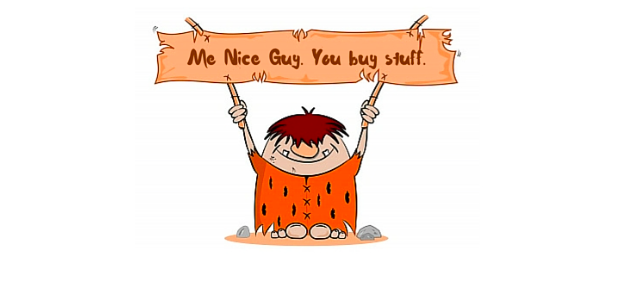
Hitting it big in tech is often precipitated by what’s termed “going viral”, where either product adoption or recognition hits an exponential growth curve. Today this often starts through social media via a really successful marketing campaign, but while this might seem like a new venue, it’s as old as civilization.
This past week, through DNA analysis, the public gets a peak at the features of one of the first modern Britons, living around 10,000 years ago.
In my last blog post, I mentioned the Amesbury Archer, who lived around 4500 years ago, and his connection with the raising of the large sarsen stones at Stonehenge. For anyone who read that post, if the story of regal feet sounded suspect, there’s a reason. Don’t get me wrong, it’s a true story, but its significance is only as brand recognition to the most common brand in the British Isles.
The Archer’s story, as much has been possible to piece together, is a fascinating one. Buried near him was a young man who shared the same unusual foot defect as the archer, and has generally been assumed to be his son. From the partial analysis of that individual’s genome we know that he carries a genetic marker on his Y-chromosome referred to as L21. He was one of the first individuals to carry this marker, and it’s present in the majority of men living in the British Isles today. To put it a bit more succinctly, this individual, or a very close male line relative, is the direct male-line ancestor of most of the population of the British Isles.
How did this one family gain so much affluence? In short: great marketing!
The International Society of Genetic Genealogy (ISOGG) provides an evolutionary tree, mapping out the direct father to son mutations that define novel events in male lines. What we can see from analyzing the genomes in Western Eurasia of remains dating back to the cusp of the early Metal Age is that most male lines were replaced with what ISOGG classifies as R1. The L21 mutation mentioned above is identified as R1b-L21, which makes the Amesbury Archer part of the group that brought this cool new tech (copper and bronze) to most of Europe. It probably didn’t start out with these people, but they did a great job of promoting their brand in some of the earliest examples of written language in Western Eurasia. Having great technology will only take you so far, to really see it take off you have to know how to get the word out.
What does any of this have to do with Youneeq? For me, it’s been interesting transitioning to the company CTO. My primary responsibilities used to revolve around architecting the best software I could envision for our customer’s needs. To a large extent I still maintain that role, but much like the people that spread metallurgy across most of Europe, I now need to let the world know just what cool tech we have under our belt. Those same people mentioned above spread a common language across most of West Eurasia, I get to show off just how well our ability to assemble complex n-grams can handle navigating the nuances of sentence orders and linguistic transitions from those roots. When a product/story/idea goes viral, we can also do an amazing job of getting the word out to the proper audience. What once took generations to spread can happen in fractions of a second.
[simple_contact_form]




